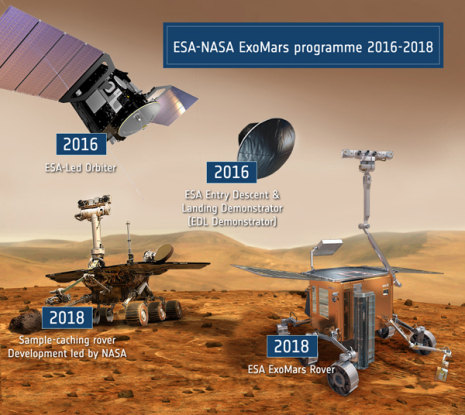Introduction
ODS context
One thing is clear, human being will not cease its exploration of the universe. Mars, the planet
that offers best habitable conditions for terrestrial life than all other solar system planets after
the Earth, is not only a candidate for our extraterrestrial terraforming ambition but also a
natural laboratory for our knowledge expansion, and the better understanding of worlds other
than our homeland.
The discoveries made in the study of Martian atmosphere, in particular, are important parts of
our exploration of Mars. Today, we know that this atmosphere is unique in the solar system,
dry and dusty, with the characteristics for a great desert. Intriguingly, both Mars and Earth are
expected to have similar atmospheric composition at their early stages of formation. The
divergence of atmospheric evolutions teaches us lessons on how process such as run-away
green house effect could dramatically change the global climatology in un-recoverable ways:
 The better knowledge of Mars and its atmosphere requires observations; most of these are
now coming from scientific missions sent to the red planet. Those missions are performing
both remote sensing from orbit and in-situ measurements at the surface.
They are providing crucial data for refining the physical model of the planet.
In the case of Martian atmosphere
modelling, two important parameters that are needed to be monitored by in-situ measurements
are:
The better knowledge of Mars and its atmosphere requires observations; most of these are
now coming from scientific missions sent to the red planet. Those missions are performing
both remote sensing from orbit and in-situ measurements at the surface.
They are providing crucial data for refining the physical model of the planet.
In the case of Martian atmosphere
modelling, two important parameters that are needed to be monitored by in-situ measurements
are:
- the amount of dust loading in atmosphere
- the circulation of Martian water ice clouds.
Indeed, we know that the atmosphere is constantly charged with fine ferrite dust blew up from
the surface by winds. These dust loadings play a crucial role in controlling Martian
atmospheric vertical structure. Understanding the meteorology requires a model on the
amount of dust in the atmosphere. Yet, modelling of dust loading remains difficult, because of
the many unknowns in the lifting mechanisms. An efficient approach forgetting more
information on the subject would be in situ measurements with instruments deposited at the
surface of the planet.
Another modelling that also requires constraints from in-situ measurements is the circulation
of water vapour. Normally, water ice cirrus are extremely thin and hard to detect. Further
requirements on the measurements are a wide coverage to obtain global patterns, and a long
duration to capture seasonal and inter-annual variability.
Within the general limits of spatial missions to the red planet, (for example in energy resource
and data transmissions), such monitoring may be best accomplished by a network of light-
weight, energy-saving and low data rate instruments, placed over critical points of the surface
and operating for several years. A potential instrument for such network is ODS.